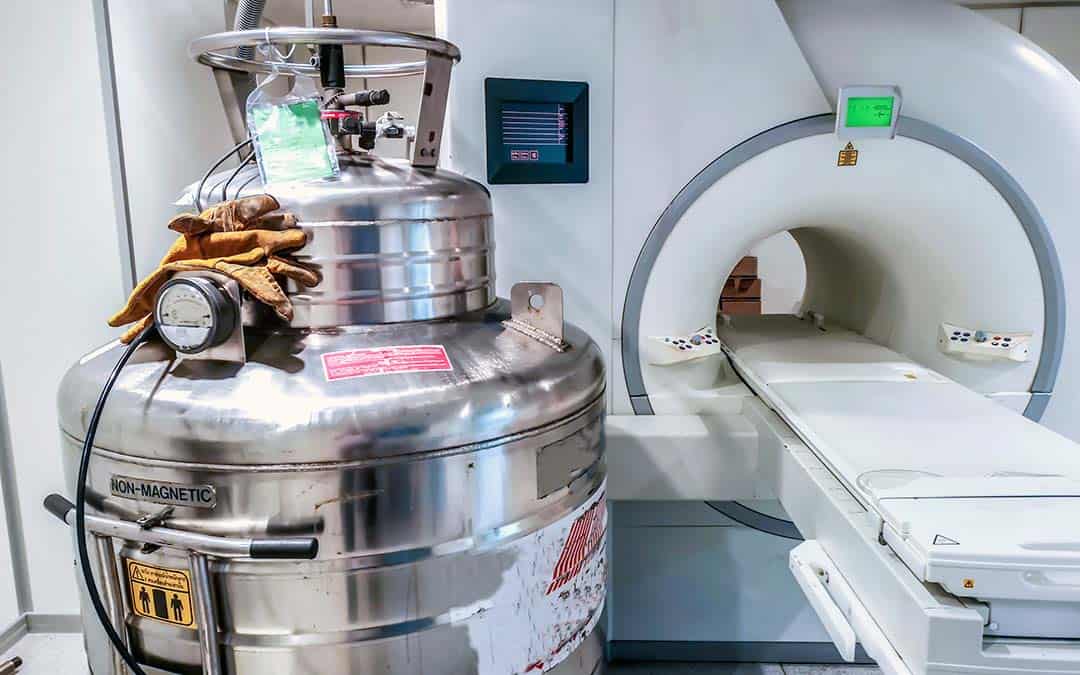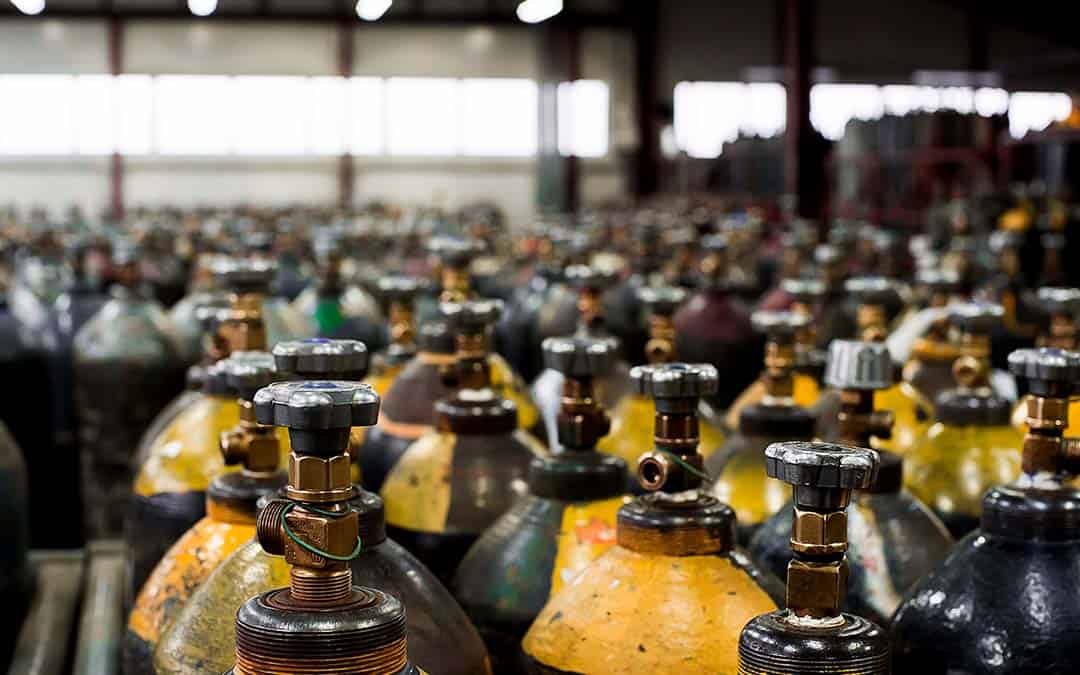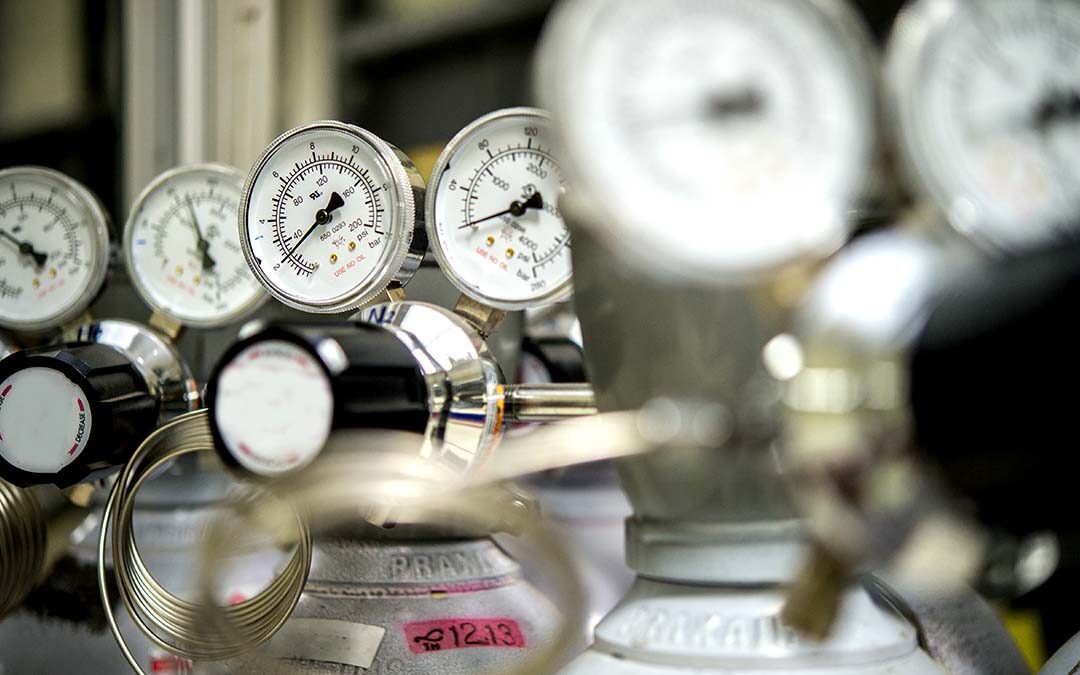Have you heard about the critical helium supply crisis? While the first thing that comes to mind when most people hear the word “helium” is the gas used to fill balloons at party supply stores, helium has a number of crucial applications across industries. Essential diagnostic equipment such as MRIs, the lasers used to perform eye surgery, thermographic cameras used by search and rescue teams, and even rocket launches all utilize helium. Therefore, the global shortage has made it challenging for many companies to resume their vital operations.
But, there is good news! Research led by the University of Oxford could address, and perhaps solve, the current supply crisis. The report suggests that a new model could account for the existence of previously unknown helium reservoirs, and could help locate the untouched and much-needed resources.
What Caused the Helium Shortage?

So, why are we in this situation in the first place? The main reason for the shortage is due to a decrease in production from major suppliers, namely Russia, which has curtailed production since the war in Ukraine and the associated sanctions. Aside from war, however, production of the gas is associated with significant carbon emissions, a key contributor to climate change, which may account for lower production.
Without a hasty solution, the shortage has the potential to create the next major medical crisis. Radiologists and other medical professionals who perform image-guided procedures need operational MRI machines to make critical diagnoses that impact millions of patients on a daily basis.
How Can the Newly Discovered Reserves Help?

Oxford’s new study provides a detailed model that explains why helium accumulates naturally just beneath the Earth’s surface, and in some cases, in large quantities. These findings could help locate helium reserves by identifying the environmental conditions that cause helium’s movement to slow enough to cause accumulation.
The lead author on the study, Dr. Anran Cheng, explained this concept further: “Our model shows the importance of factoring in the high diffusivity of helium and the long timescales needed to accumulate significant gas quantities, and the fact that the entire geological system acts dynamically to affect the process.”
How did researchers figure this out?
Underground gas fields containing large quantities of helium have, until now, inexplicably occurred alongside nitrogen gas reserves. The research team on this study realized it was crucial for them to discover why.
So, they built a model to identify helium-rich deposits by factoring in the presence of nitrogen. In doing so, the team found they could identify the geological conditions necessary for nitrogen concentration to become high enough to create gas bubbles within rock pore space. Helium, which is also present in the geological formations, escapes into these bubbles and causes them to rise to the top of the porous rock, where they are prevented from escaping by impenetrable rock and form a substantial gas field from which helium could be extracted.
Conclusion
As a trusted supplier of helium, CalOx is optimistically following this groundbreaking research. Despite global shortages, we’ve continued to steadily supply our customers who need it with high quality helium, and we don’t intend to stop any time soon.
